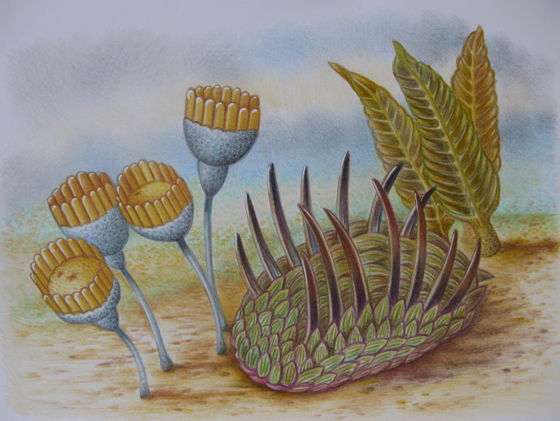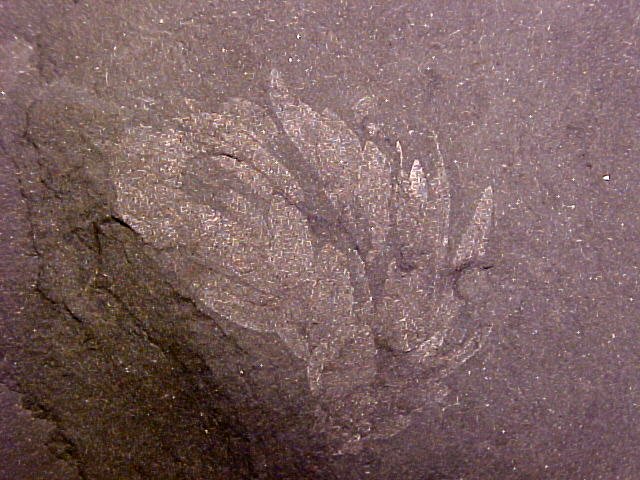 |
| "The quick brown fox jumps over the lazy dog." |
"The quick brown fox jumps
over the lazy dog."
As one can assume by observing the picture of an antique typewriter, times have changed drastically. Changes in the form of communication between this typewriter and the modern day computer, phone, or many other electrical devices can be described as revolutionary science, otherwise known as a paradigm shift. These changes in technology have had a significant impact on communication. Whether by email or social blogs, there is easy access to all of the present day's amenities, allowing communication to be more simple than ever.
The presentations of the pangram (typed, cursive, and all caps)
appeal to different types of visual learning.There is no bad decision when
it comes to deciding how one will record information. It is based primarily on preference. I prefer cursive because it is the most efficient form of writing since one's writing utensil requires seldom separation from the paper. It is important that a person chooses what is best for them; however, the person must also realize that their preference may not be the same as another person. These differences in preference demand adaptation. If one is unwilling or incapable to adapt to another's preferences and style, a barrier to communication may develop and communication becomes very difficult between the two individuals.
_and_Moon_(by).jpg)











